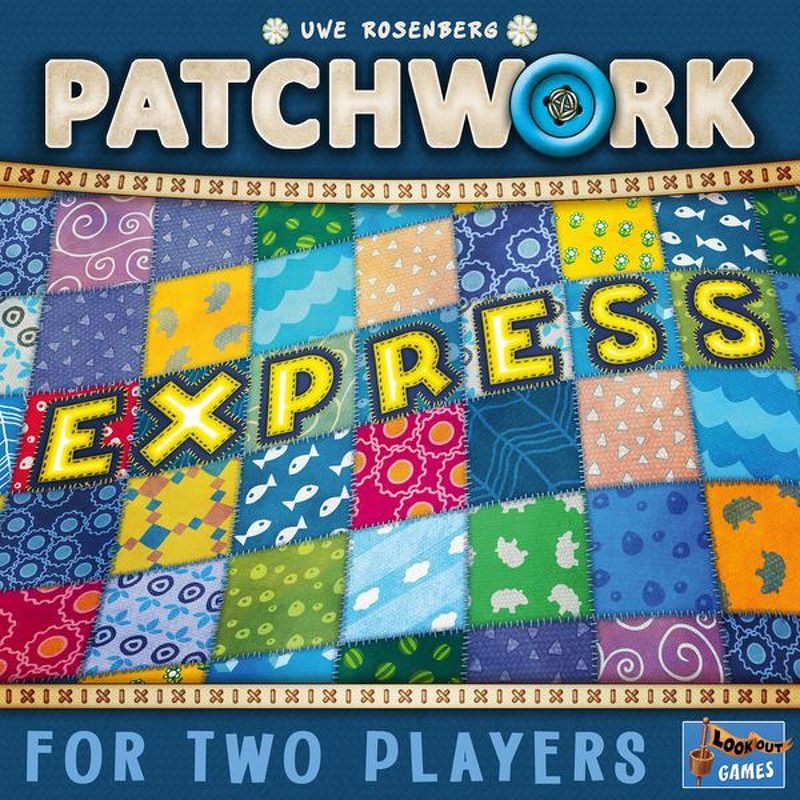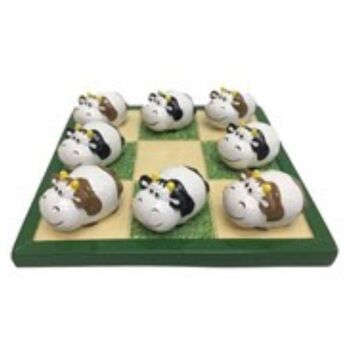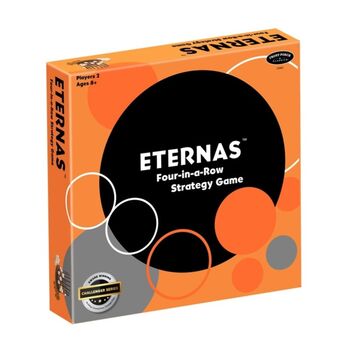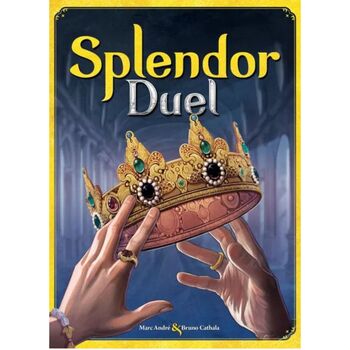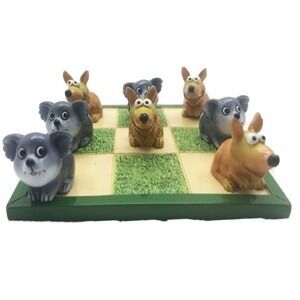Patchwork - Express
| Category | : | 2 Player |
|---|---|---|
| Brand | : | Patchwork |
| Manufacture | : | Lookout Games |
| Age | : | 8+ |
| Players | : | 2 |
Patchwork Express features the same basic gameplay as Patchwork, but with a smaller playing area and with larger and less complex pieces. In the game, each player tries to build the most aesthetic (and high-scoring) patchwork quilt on a personal 7x7 game board. To start play, lay out all of the light-colored patches at random in a circle and place a starting marker in a particular location. Each player takes some buttons — the currency/points in the game — and someone is chosen as the start player. On a turn, a player either purchases one of the three patches standing clockwise of the starting marker or passes. To purchase a patch, you pay the cost in buttons shown on the patch, move the starting marker to that patch's location in the circle, add the patch to your game board, then advance your time token on the time track a number of spaces equal to the time shown on the patch. You're free to place the patch anywhere on your board that doesn't overlap other patches, but you probably want to fit things together as tightly as possible. If your time token is behind or on top of the other player's time token, then you take another turn; otherwise the opponent now goes. Instead of purchasing a patch, you can choose to pass; to do this, you move your time token to the space immediately in front of the opponent's time token, then take one button from the bank for each space you moved. In addition to a button cost and time cost, each patch also features 0-3 buttons, and when you move your time token past a button on the time track, you earn "button income": sum the number of buttons depicted on your personal game board, then take this many buttons from the bank. What's more, the time track depicts six 1x1 patches on it, and during set-up you place six actual 1x1 patches on these spaces. Whoever first passes a patch on the time track claims this patch and immediately places it on their game board. At some point during the game, dark-colored patches are added to what's available for players to take, and these pieces are smaller than the light-colored ones, making it more likely that they'll fill in holes on a player's board.

